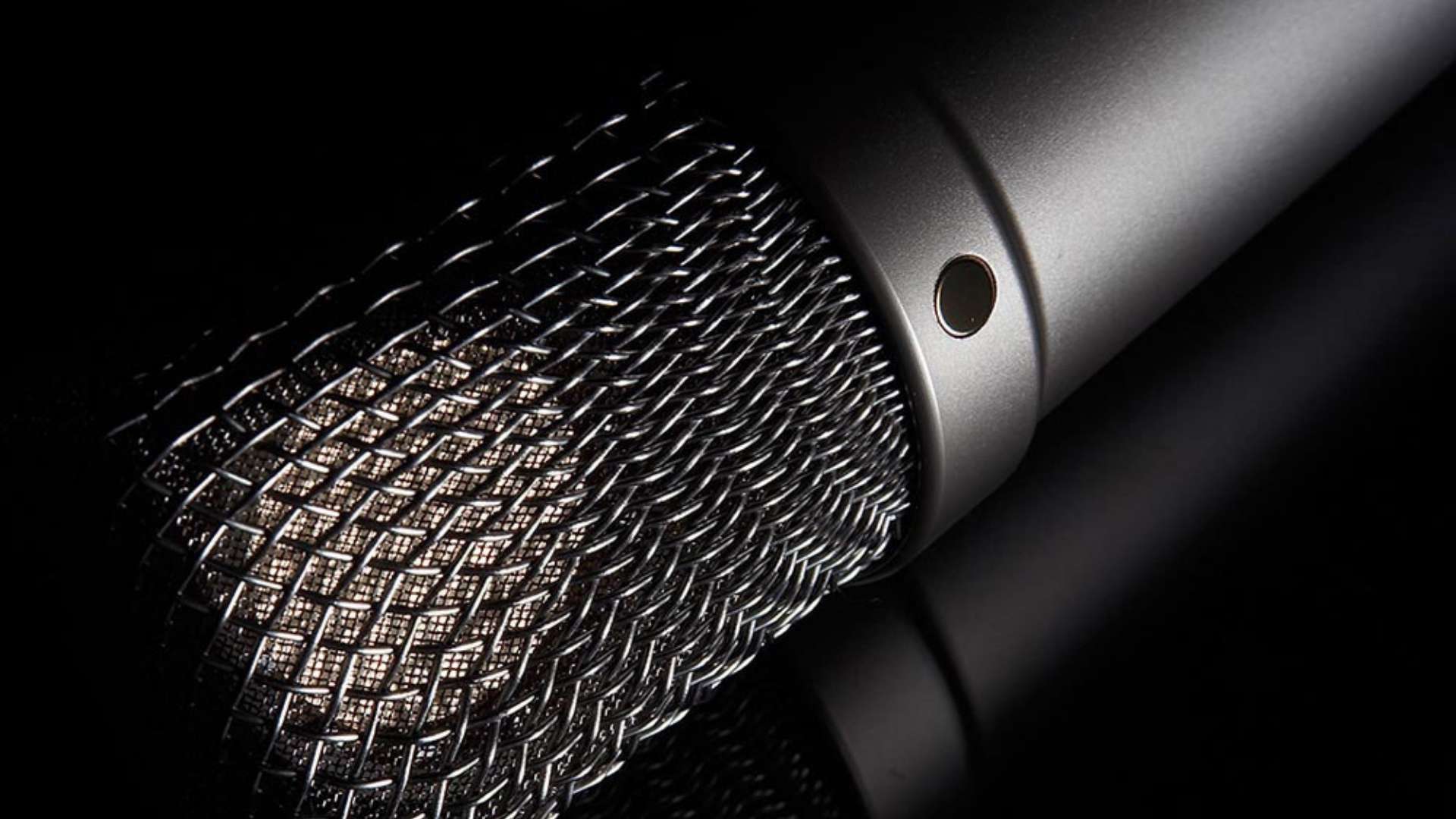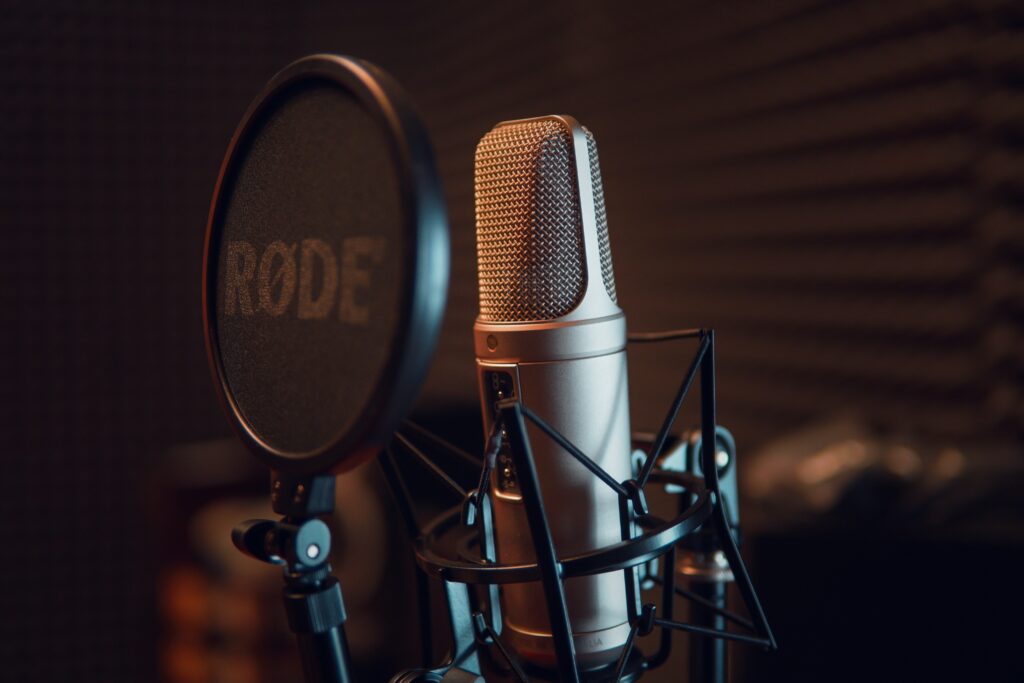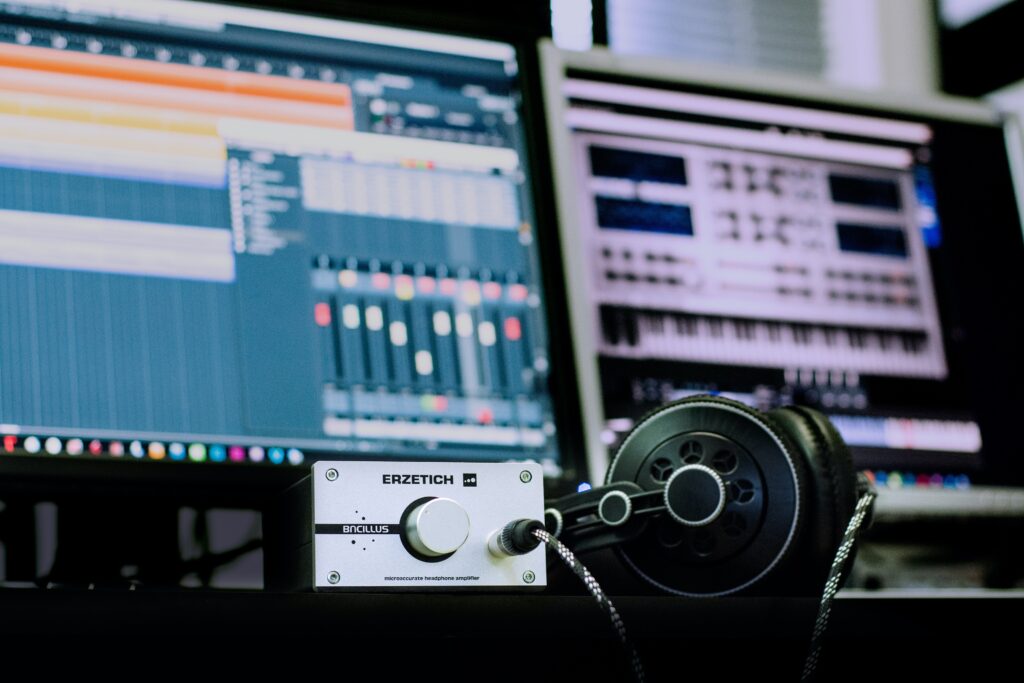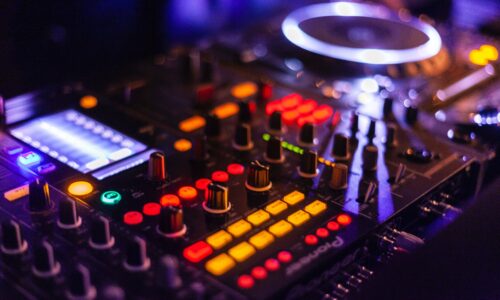What is the difference between a dynamic microphone and a cardioid?
- 3 Butaques
- 11 de April de 2023
- Sin categoría
- 0 Comments

Microphones are important devices for capturing and recording audio in a wide range of contexts, from live music to media interviews. Several types of microphones are available, each with its own features and advantages. In this article, we focus on the difference between a dynamic microphone and a cardioid microphone.
Dynamic microphones are one of the most common types of microphones found in the market. They are popular because they are strong and durable, and can endure intensive use in situations where other types of microphones could be more vulnerable. Dynamic microphones are also very versatile, and can be used to capture a wide variety of sound sources, including instruments, voices, and sound effects.


The cardioid microphone, on the other hand, is a type of directional microphone that is designed to capture sound in a specific direction. This means that the cardioid microphone will only capture the sound in front of it, and reduce the amount of noise coming from other directions. This makes it an excellent choice for recordings where one wishes to capture the sound of a particular source, such as a voice or instrument in a band.
Another factor that differentiates dynamic microphones from cardioid microphones is their sensitivity. Dynamic microphones are generally less sensitive than cardioid microphones, meaning that they require the sound source to be closer to the microphone to capture sound. Cardioid microphones, on the other hand, are more sensitive, making them a better choice for capturing smoother or more distant sounds.
The main difference between a dynamic microphone and a cardioid microphone is its directionality and sensitivity.

In a direct environment, dynamic microphones are more likely to be used, as they are durable and durable, and can withstand the wear involved in continuous use in such events. In addition, dynamic microphones are less sensitive, which means they can reduce ambient noise and interference that could affect the quality of sound in a live concert.
On the other hand, in a study environment, cardioid microphones tend to be used, as they offer more precise directionality and greater sensitivity than dynamic microphones. This makes them ideal for recordings of voices and instruments in a controlled environment, such as a recording studio. In addition, cardioid microphones may be more expensive than dynamic microphones, but their superior sound quality makes it a valuable investment for audio professionals.

Finally, it is important to note that cardioid microphones may also require phantom+48 feed to function. This means that they need an external power supply to generate the electric signal required for their operation. Dynamic microphones, on the other hand, do not need this type of external power and can be directly connected to an amplifier or recording equipment.
In short, dynamic microphones are an excellent option for situations where a resistant versatile microphone is required, while cardioid microphones are the best option for studio recordings.
Related Posts

- 3 Butaques
- 11 de April de 2023
What is a technical script?
A technical script is a written document that provides detailed information about the different ..

- 3 Butaques
- 26 de April de 2023
